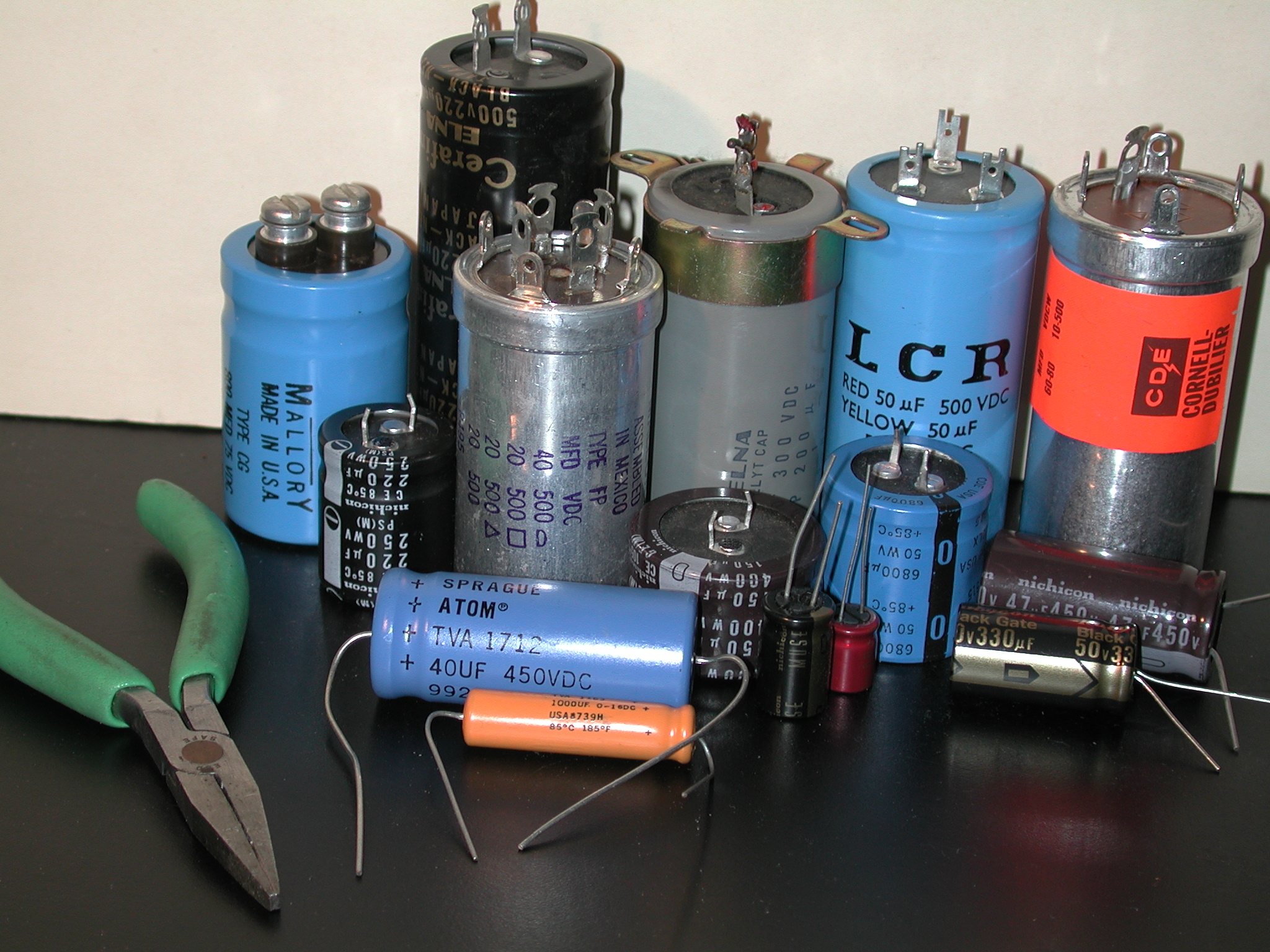Replace Through Hole Electrolytic Capacitors: Electronics Skills Tutorial
Duration: 45 minutes
Steps: 7 Steps
Alright, tech adventurer! It’s time to roll up those sleeves and dive into this repair journey. Remember, you’ve got this! Each step is designed to guide you smoothly through your fix. If things get tricky, no worries—just schedule a repair and let the pros lend a hand. Now, let’s get started!
Step 1
– First things first, let’s figure out which capacitors are giving you trouble. There are two fun ways to do this:
Step 2
– Before unscrewing the capacitor, make a note of its important details
Step 3
– The simplest way to discover which replacement capacitors to grab is by tracking down the original capacitor’s datasheet.
– Once you have the datasheet in hand, check out the details on diameter, length, ripple current, and ESR (especially for those low ESR capacitors).
Step 4
– First things first! Before diving into the world of new capacitors, make sure you track down an electronic components distributor. You’ve got this!
Step 5
– Let’s kick things off by embarking on a quest to track down those elusive replacement capacitors!
Step 6
– Alright, let’s dive into the datasheet! If the ripple current matches or exceeds the requirement at the same temp and frequency (Hz/KHz), and the ESR is equal to or less than needed (again, same temp and frequency), you’re golden! Plus, if your capacitor is the same size or smaller, you’re set. Bigger is fine too, if it fits your setup!
– Oh, and don’t forget to check those prices! Sometimes snagging 10 capacitors costs the same or less than picking up 8, so keep an eye out for those sweet deals.
Step 7
– First things first, let’s get that circuit board facing up so you can easily see the top of the capacitor you’re about to swap out.
– Next up, grab a black Sharpie or any permanent marker and give a little mark where the negative stripe of the capacitor meets the PCB. It’s like leaving a friendly note for yourself!
– Now it’s time to say goodbye to those electrolytic capacitors. You’ve got two methods to choose from, so let’s dive in!





